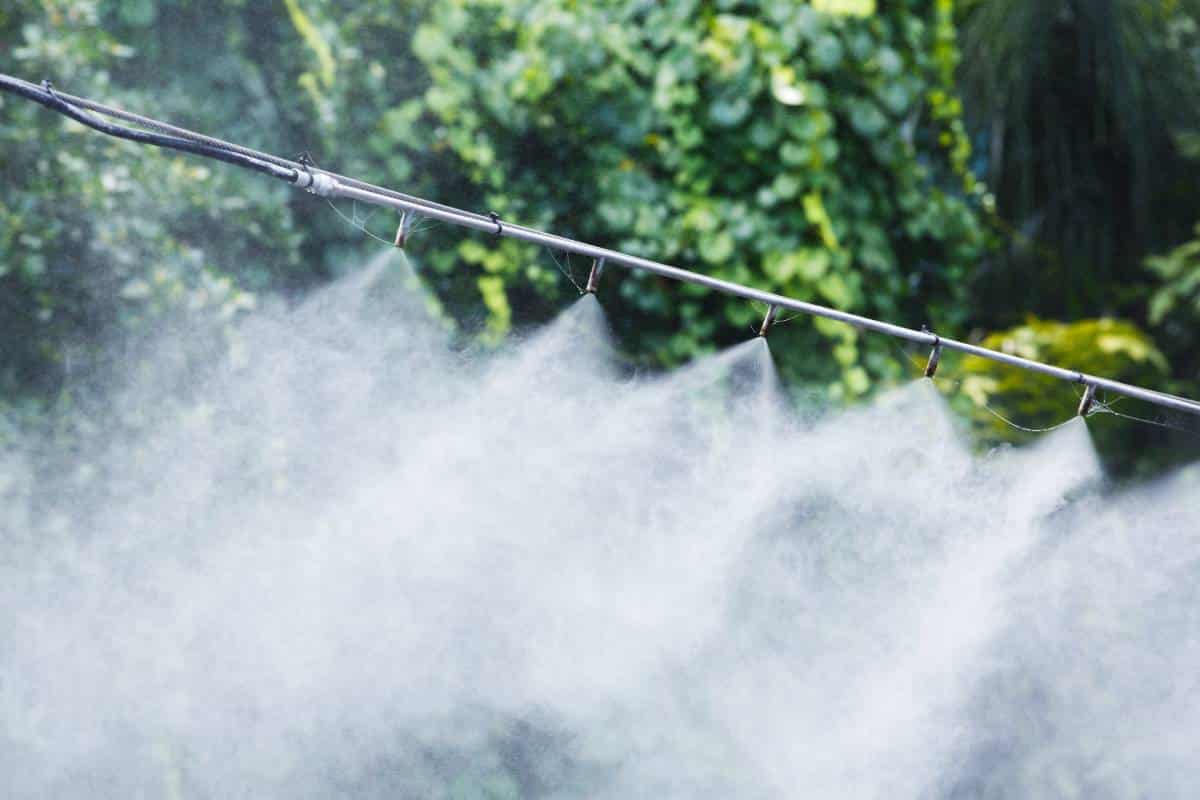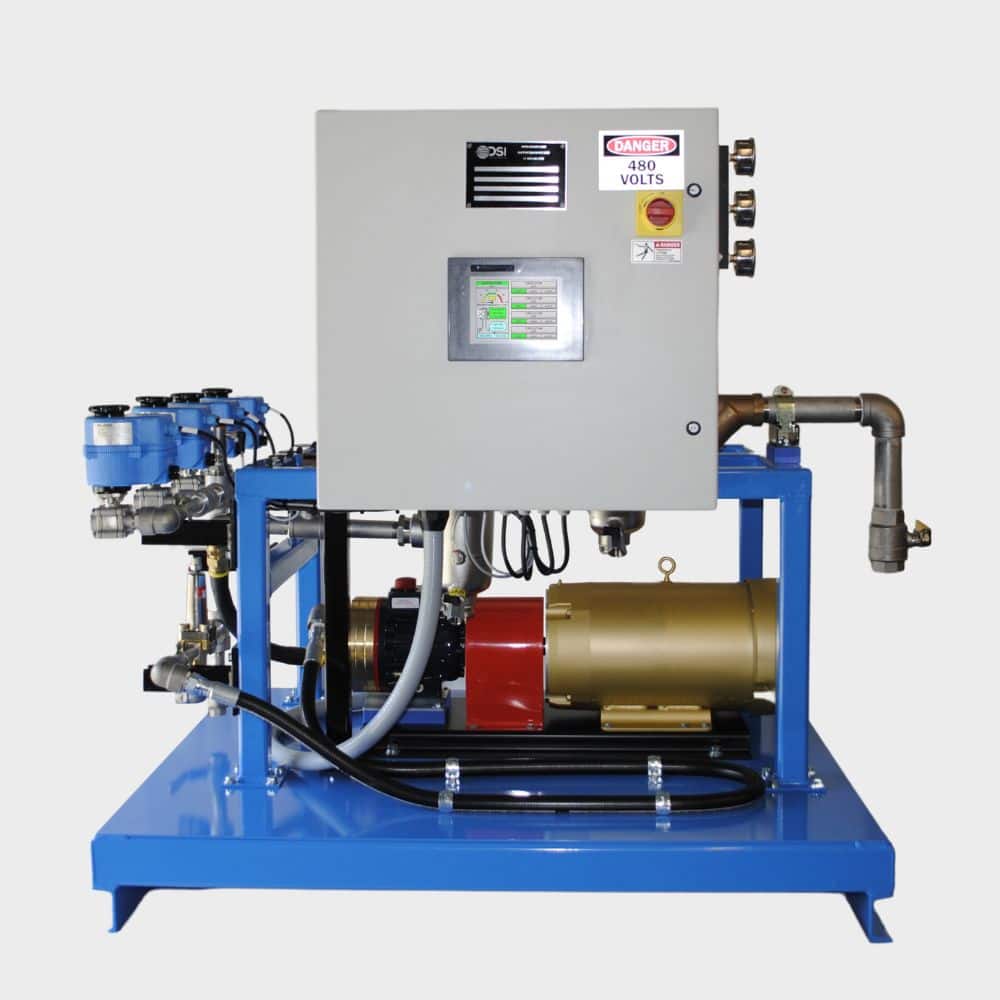High Pressure Fog
Dust suppression using high pressure fog systems is a technique employed across various industries, including mining, construction, agriculture, and material handling. The theory behind its effectiveness lies in the physical properties of water droplets, the dynamics of air movement, and the principles of particle capture.

High Pressure THEORY
- Water Droplet Size: High pressure fog systems produce very fine water droplets, typically in the range of 10 to 50 microns in diameter. These small droplets have a large surface area relative to their volume, which enhances their ability to capture and absorb dust particles.
- Collision and Agglomeration: As these tiny water droplets are dispersed into the air, they collide with dust particles. When a droplet collides with a dust particle, it can adhere to it through a process called agglomeration. This increases the size and mass of the dust particles, making them heavier and more likely to settle out of the air.
- Airborne Dust Capture: The fog serves as a medium to capture dust particles as it drifts through the air. The movement of air currents helps distribute the fog to cover a wide area, ensuring that dust particles are enveloped by the mist.
- Settling of Dust: The increased size and weight of the dust particles due to water droplet attachment make them more susceptible to gravity. This results in the dust settling down to the ground or surfaces rather than staying suspended in the air.

- Humidity and Dust Control: Additionally, the introduction of water vapor into the air increases its humidity. Higher humidity levels can help weigh down dust particles, further aiding in their settlement.
- Interception and Filtration: Some of the dust particles may be intercepted directly by the water droplets, effectively filtering the air as the mist passes through it.
- Surface Wetting: In addition to airborne dust control, high pressure fog systems can also wet surfaces, preventing dust from becoming airborne in the first place. This is particularly useful in areas where vehicles or machinery disturb dusty surfaces.
- Environmentally Friendly: Compared to traditional dust suppression methods such as chemical treatments or physical barriers, high pressure fog systems are often more environmentally friendly. They rely on water, which is a natural and renewable resource, and do not introduce harmful chemicals into the environment.

In conclusion, the theory behind using high pressure fog for dust suppression revolves around the ability of fine water droplets to capture, agglomerate, and remove dust particles from the air. This method offers an effective, efficient, and environmentally friendly solution for controlling dust in various industrial and environmental settings.
High Pressure Product
Discover the innovative NESCO DustPro HP Series, designed for industrial durability and efficiency. Featuring a 1000-1200 PSI sealless pump and fully automatic operation, this system expertly controls dust with minimal water use. Perfect for harsh environments and customizable for any need. Click here to explore more!
